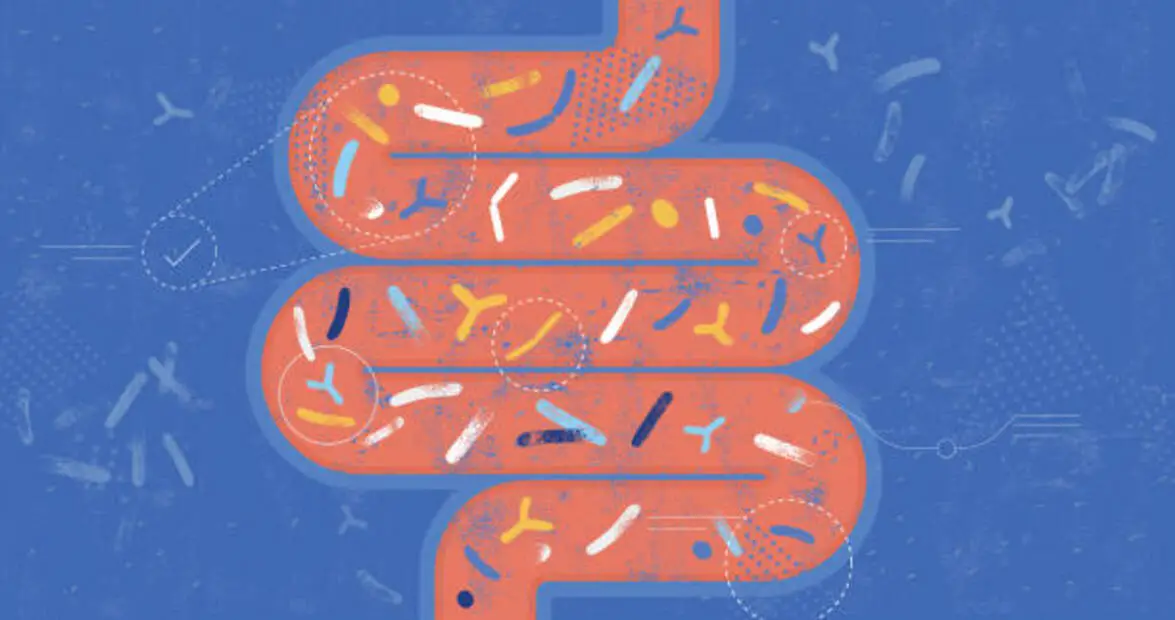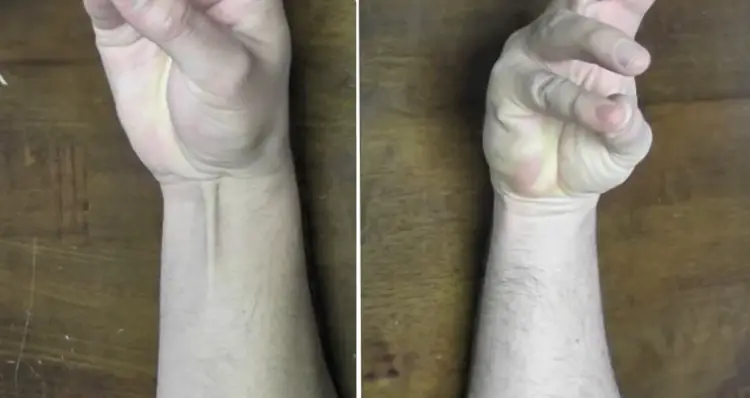
Human evolution is a minimum of a marvel when in comparison with the opposite creatures. We have actually come an extended technique to change into the grasp race on this planet. And on this journey of thousands and thousands of years, human anatomy has modified tremendously. We have grown some tremendous reflexes and intelligence whereas slicing down on options we would not want anymore. One such function that just about 14% of the human inhabitants doesn’t have now could be the palmaris longus muscle!
So, what’s the palmaris longus muscle? What was its significance, and why do some individuals not have this muscle anymore? Letâs discover out!
Palmaris Longus Is a Primal Muscle, Which Was Crucial for Early Humans
The palmaris longus is a muscle within the entrance of the forearm that connects to the higher arm bone and extends to the palm. It helps bend the wrist and tighten the middle of the palm, which is helpful for gripping and greedy issues.
This muscle was extra essential for our ancestors, who spent vital time on bushes, like orangutans and early people. It helped them have a robust grip for actions like swinging and climbing. It additionally helped them transfer round in bushes by gripping branches.
Studies evaluating totally different species have proven that the palmaris longus muscle varies in its presence. It signifies that some animals have it whereas others don’t. For instance, people generally have this muscle, however it is usually absent in sure people. On the opposite hand, birds and amphibians don’t possess this muscle in any respect. It signifies that the significance of the palmaris longus muscle decreases in species that aren’t tailored for an arboreal or tree-dwelling life-style.
Understanding the function of this muscle gives researchers with perception into the evolutionary historical past of various animals and the way their our bodies have tailored to their particular environments. The variations within the presence or absence of the palmaris longus muscle mirror totally different species’ numerous wants and locomotion methods. Overall, the palmaris longus muscle highlights the intricate relationship between kind, perform, and the distinctive variations of organisms to their habitats.
Why Do Some People Not Have Palmaris Longus Muscles Anymore?
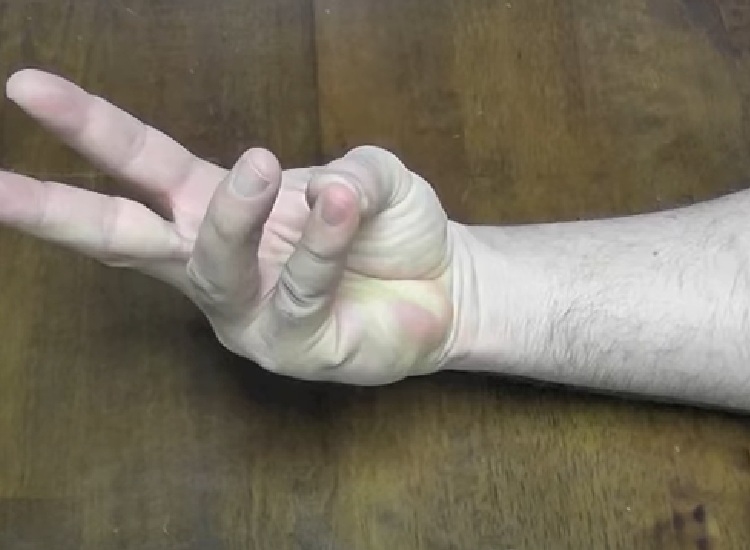
The palmaris longus muscle is absent in roughly 14% of the inhabitants. This absence, nevertheless, just isn’t evenly distributed and may range amongst totally different ethnicities, genders, and even between the left and proper forearms. But why do some individuals lack this explicit muscle?
To perceive the absence of the palmaris longus muscle, we should delve into its evolutionary significance. In tetrapod animals, together with different primates, the palmaris longus muscle performs a task in higher limb weight-bearing, which is essential for actions equivalent to strolling on all fours.
However, in bipedal people, this function turns into much less vital as a result of change in stance and locomotion. As people advanced to stroll upright, the palmaris longus muscle grew to become much less essential for weight-bearing and steadily diminished in dimension or fully disappeared in some circumstances.
The absence of the palmaris longus muscle in some people raises questions on its developmental origin. Researchers are nonetheless exploring whether or not its absence outcomes from the regression of a nascent muscle bundle throughout embryonic growth or if it merely fails to kind altogether. The genetic and developmental elements contributing to the absence of the palmaris longus muscle intrigue scientists even at the moment.
Can the Absence of Palmaris Longus Impact the Strength and Functionality of Your Arm?
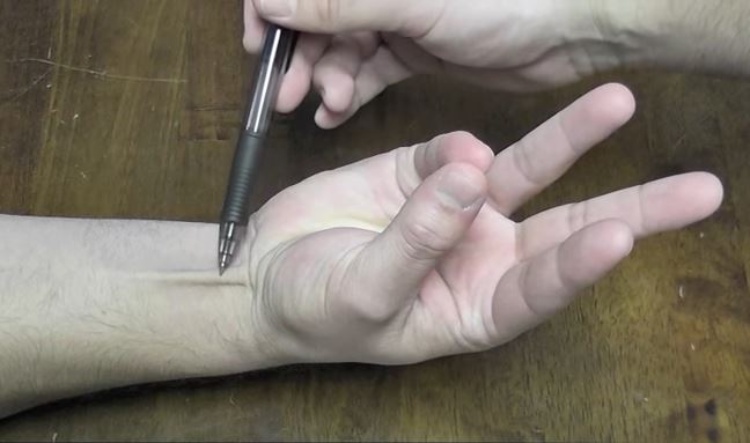
From a useful standpoint, the absence of the palmaris longus muscle has minimal affect readily available and wrist perform. Other muscle groups, such because the flexor carpi radialis (FCR) and flexor carpi ulnaris (FCU), compensate for the absence of the palmaris longus in some individuals and permit them to carry out on a regular basis duties with none noticeable limitations.
Interestingly, the palmaris longus muscle has confirmed to be a silver lining within the discipline of tendon alternative surgical procedures. When current, the palmaris longus muscle’s tendon is typically harvested as a graft for reconstructive procedures. Due to its comparatively minor function in hand and wrist perform, utilizing the palmaris longus tendon for grafting functions doesn’t considerably affect the affected person’s general hand dexterity or vary of movement.
Human Body Has More of Such Vestigial Features!
1Why Do We Have a Tailbone Despite the Absence of a Tail to Wag?
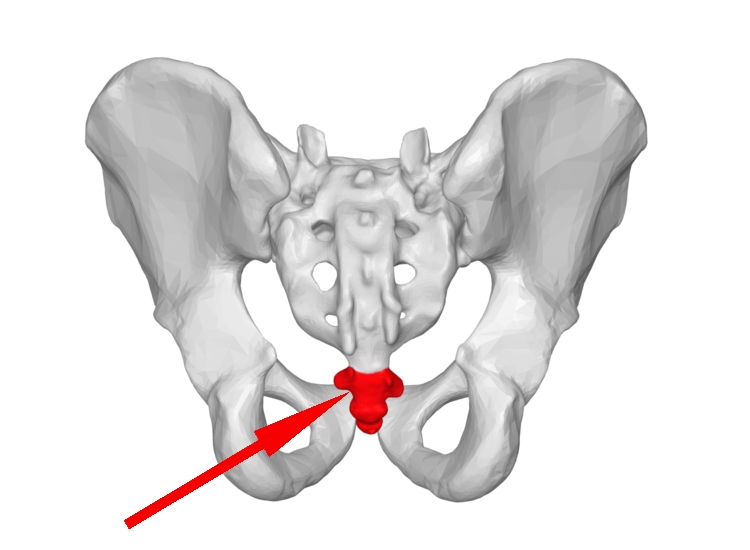
The human coccyx, or tailbone, is a remnant of our tailed ancestors. As animals moved from water to land, they misplaced their again fin however retained the fleshier appendage, i.e., a tail. However, the early ancestors of people later deserted their tails, as they had been now not mandatory for stability and communication.
Nonetheless, people nonetheless possess a tailbone consisting of fused caudal vertebrae. It serves no obvious function however is innocent. During embryonic growth, people briefly develop a tail that disappears by the eighth week. Although extraordinarily uncommon, some people are born with tails, typically signaling spinal wire defects. Our genomes comprise an evolutionary report, sometimes manifesting in atavistic options.
2Ever Wondered Why Some People Lack Space for Wisdom Teeth?
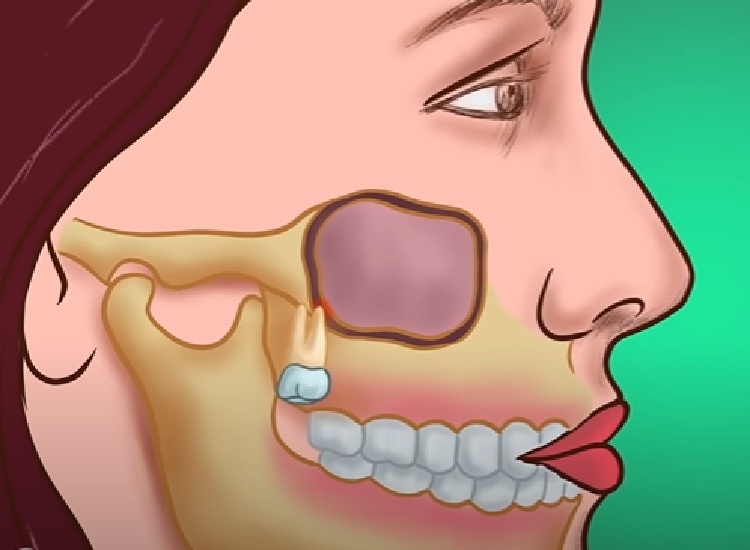
Wisdom tooth, also called “third molars,” have lengthy puzzled scientists. They had been mandatory for our ancestors, however at the moment, many individuals don’t have sufficient house for them or expertise issues after they emerge.
Researchers consider that modifications in eating regimen and meals preparation methods performed a major function within the decreased dimension and necessity of knowledge tooth. The want for big molars decreased as early people transitioned to softer diets because of cooking and farming.
Studies have proven that societies with processed and agricultural diets have shorter jaws, which can not present sufficient house for the total development of knowledge tooth. Furthermore, the disappearance of knowledge tooth in some people may consequence from latest evolution, as their diets now not require these tooth. Our altering diets and decreased jaw development spotlight the affect of eating regimen on human evolution.
3What’s the Story Behind the Nictitating Membrane, the Remnant of a Third Eyelid?
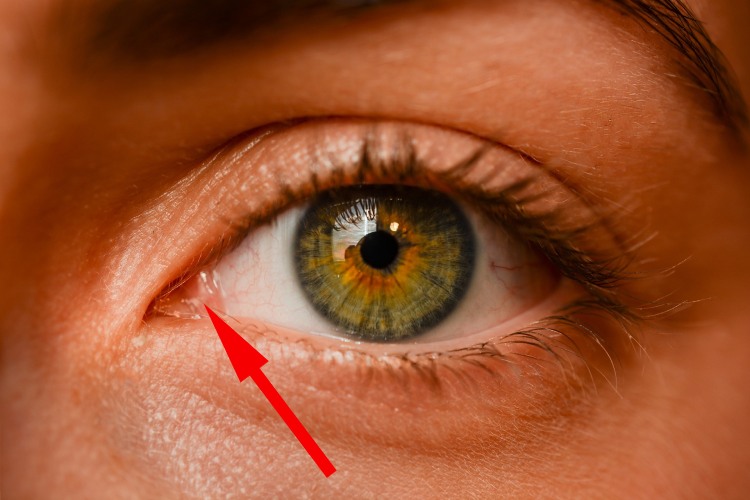
The nictitating membrane, a 3rd eyelid present in numerous animals, protects and moistens the attention whereas sustaining visibility. While totally developed nictitating membranes are frequent in fish, amphibians, reptiles, birds, and a few mammals, they’re uncommon in primates, together with people.
However, people possess a construction known as the plica semilunaris, which may be considered the residue of this nictitating membrane present in different vertebrates.
Studies have proven that the plica semilunaris in people undergoes developmental modifications, and it’s believed to have a task within the ocular immune system. The presence of the plica semilunaris in people highlights our evolutionary connection to different species and the various variations of the visible system throughout totally different organisms.


